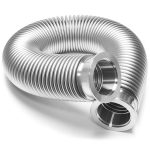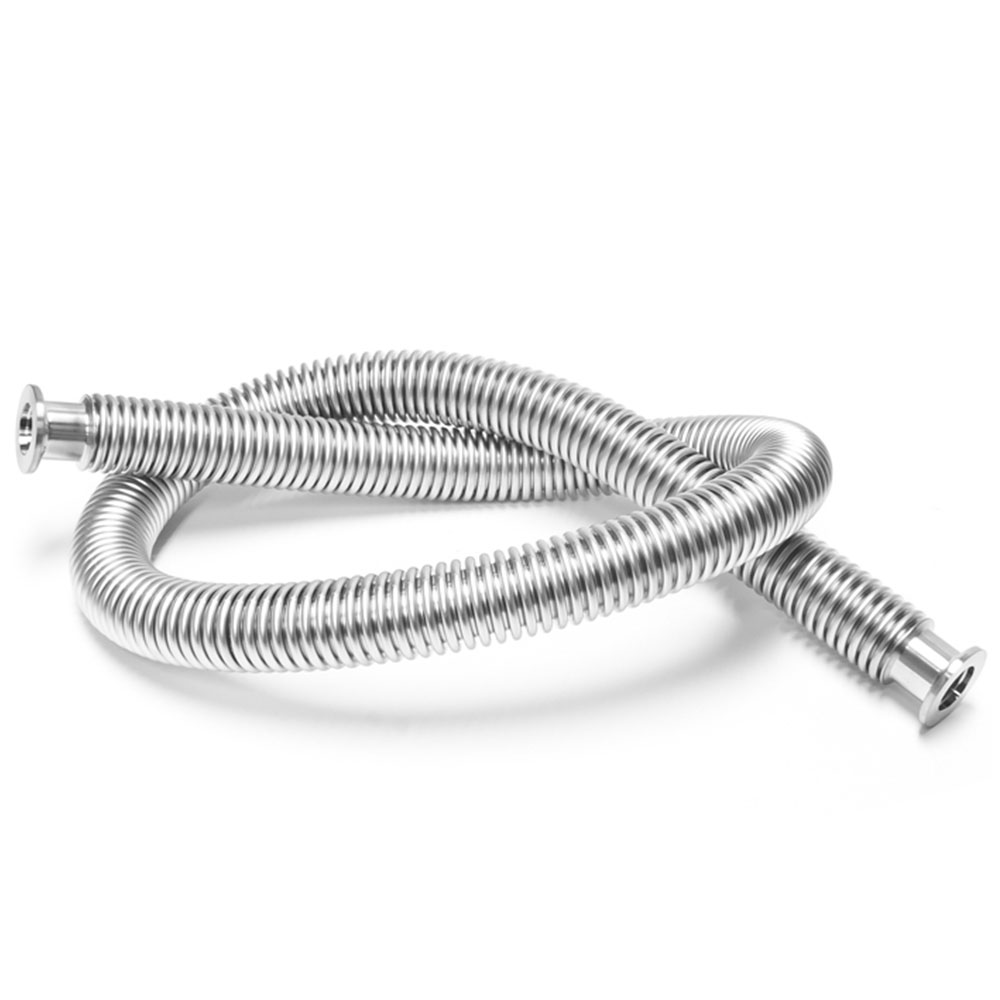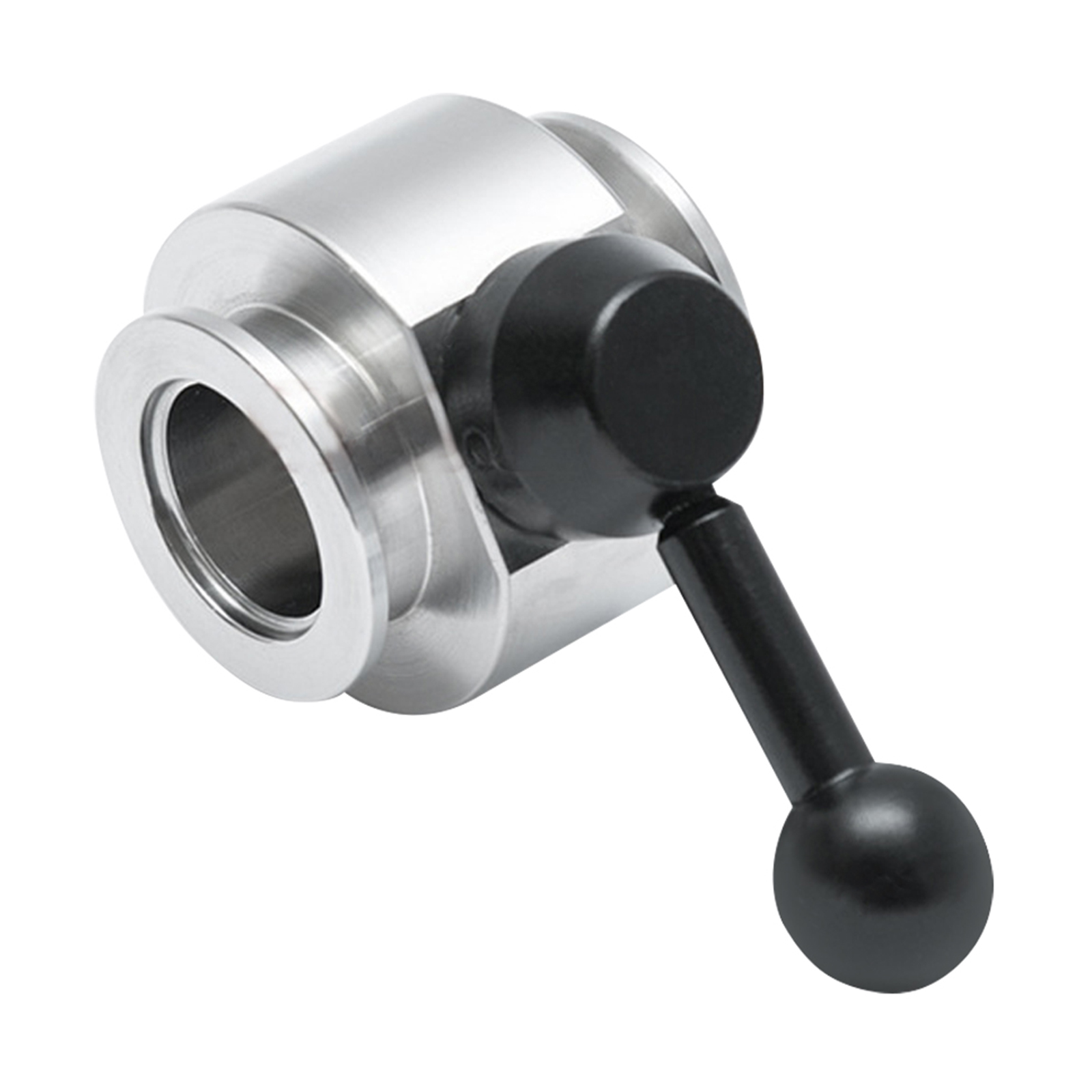
What You Need to Know about the Design and Selection of Metal Bellows
- Material selection
According to known conditions such as the purpose of the bellows, load type and size, accuracy requirements, working medium, working temperature, service life, etc., and consider the forming and welding process of the material. Choose the right material. The market source of the material should also be considered.
- Determine the structure type
(1) Choose the shape of the metal corrugated pipe. Choose a more reasonable corrugated pipe shape according to factors such as the purpose, performance, use requirements, performance of various waveforms and manufacturing characteristics of the corrugated pipe. U-shaped corrugated board is generally used.
(2) Determine the number of layers of the bellows. Determine the number of layers of the bellows according to factors such as the use of the bellows, working pressure, stiffness, and working medium. In the case of high working pressure, a multi-layer structure bellows is generally used. For multi-layer corrugated pipes, the number of layers and the wall thickness of a single layer should be selected reasonably.
(3) Preliminarily judge whether it is used with other elastic elements. In some cases, the metal bellows and coil spring are used in parallel, mainly: in order to improve the measurement accuracy; in the case of high working pressure; in the case of impact load.
(4) Select the structure type at both ends of the bellows. When selecting the structure type at both ends of the bellows, the forming process, welding process and structural constraints of the entire system should be considered.
(5) Consider whether a guiding device is needed. When the effective length of the bellows is long, in order to avoid columnar instability during the working process, a guiding device should be added. For example, bellows used for valves usually have guides.
(6) Consider whether a reinforcing ring is needed. In order to meet the requirements of high working pressure, the corrugated pipe can be reinforced by a reinforcing ring or a multi-layer structure, or a combination of the two structures can be used. The strengthening ring is partially strengthened, and the multilayer structure is integrally strengthened.
- Design, calculation and selection of structural parameters of bellows
The performance of the bellows depends on the structure of the bellows. The main structural parameters of the bellows include inner diameter, outer diameter, wall thickness, wave distance, wave thickness, wave number, number of layers, size of matching parts at both ends, effective length, total length, etc. Generally, users of bellows should choose bellows from the relevant standards and product samples of metal bellows manufacturers instead of designing new products. This can well reduce the problems in the development process, reduce production costs and production cycles.
- Design and calculate the performance parameters of the bellows hose
After designing, calculating or selecting the main structural size parameters of the bellows, the performance parameters of the bellows are calculated. If the performance parameters of the bellows cannot meet the technical requirements, the geometrical parameters of the bellows need to be appropriately modified. The technical requirements of the bellows are different due to different uses, and corresponding design methods should be formulated according to different requirements. The main measurement requirements for bellows are usually stiffness, strength and elasticity. Although bellows with different geometric shapes and size parameters can meet the same stiffness requirements, the stress values generated by the bellows are different. These schemes not only meet the rigidity requirements, but also generate small stresses, which is reasonable. The reduction of stress not only improves the safety factor, but also reduces the impact of material elasticity on the hysteresis, aftereffect, fatigue and other aspects of the bellows, thereby improving the accuracy and reliability of the metal bellows.







